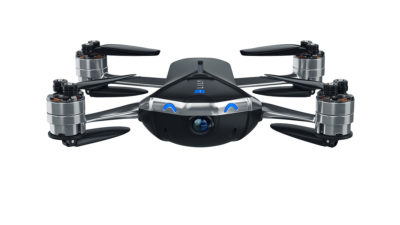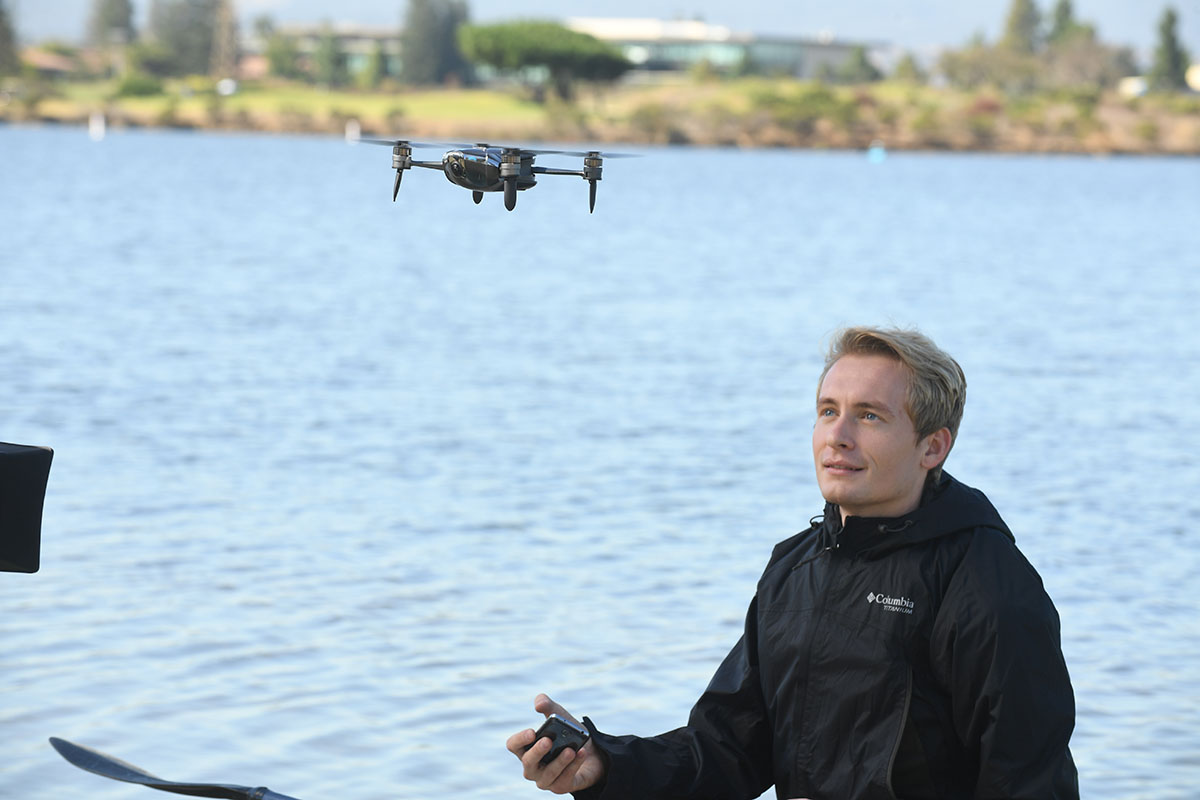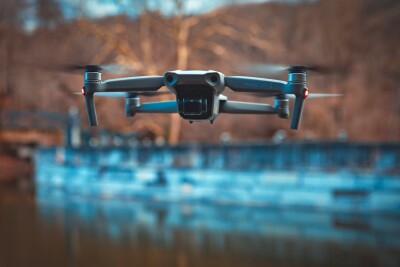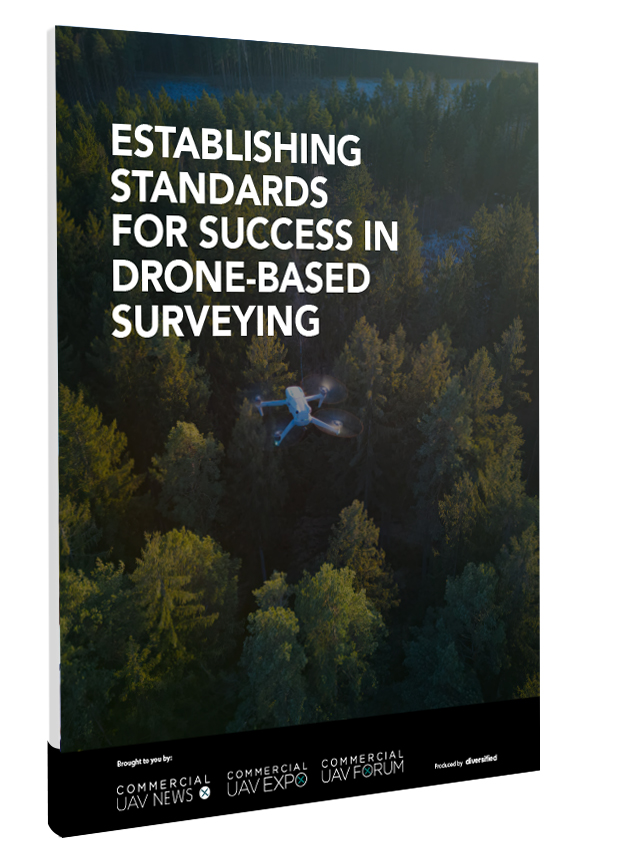Numerous companies showcased their products and services at Drone World Expo 2017, and we were able to detail a few of the updates that came out of the event. However, there was one company who had a presence at DWE that we wanted to explore a bit more, for a variety of reasons.
Lily Next-Gen is the current iteration of the Lily Drone, which captured the hearts and minds (along with $34 million dollars) of the drone community starting in 2015. After the original Lily Robotics was not able to bring the Lily Drone to market, the Mota Group made a move in June of this year to ensure some of the promise associated with that original vision would actually be fulfilled. Lily Next-Gen has been created in the same spirit as the original, but also takes it in a new direction.
Kirwan McHarry
 Was Mota Group focused on a specific feature or functionality in the process of making the product available? We updated the Lily Camera with 2017 technology and added features that broadened its appeal. We focused on higher-quality video and greater range in a smaller, lighter airframe while enhancing ease of use.We improved on several specifications. For example, the Next-Gen battery is user replaceable. The Lily Camera had a maximum advertised range of 100 feet; ours has a range up to 1 km. (3,280 ft.), where permitted, with its remote. The Lily Camera also didn't have optic flow and ultrasonic positioning as a supplement to GPS and it didn't have geofencing, both of which the Next-Gen has. How do you respond to criticism that says this new version of the Lily Drone doesn’t have any of the features that made it unique? Lily customers prefer user-swappable batteries and quick deployment over throw-to-fly and IP 67 waterproofing (submersible to 3 feet for 30 minutes). Both of those features never worked as Lily Robotics advertised back in 2015. They would have greatly increased cost and complexity, added additional weight, and reduced performance. Lily drones are focused on simplicity for active lifestyles: when people go out with the drone, they just want it to do its thing. What do you think is the biggest advantage Lily Next-Gen has over its competitors? The Lily Next-Gen is a personal companion, not just a piece of hardware. Think of it like a MacBook vs. a cookie-cutter Windows clone. That's its competitive advantage. What role do you see Lily Next-Gen playing or taking in the overall drone market/landscape? The market for high-end consumer drones is consolidating into two or perhaps three players. We believe we have the experience, brand recognition, and manufacturing capability to compete effectively, distinguishing ourselves by offering superior performance and greater value. Anything you can tell us about future developments for Lily Next-Gen or the Mota Group as a whole? Technical improvements are a continuous process. From a corporate level, our focus is user education and safety. We participate on the FAA UAS Safety Team and in the Consumer Technology Association's Drone Policy Working Group to help enhance drone safety and expand public awareness about the immense benefits of drones. What’s the best way for someone to learn more about the Lily Next-Gen and figure out if it’s the right fit for them?The website has a lot of basic information: lily.camera. I recommend reading the FAQ: lily.camera/faq/. For those who want to know more, the Owner's Manual has a wealth of detail: lily.camera/tech-specs. But the best way is to get your hands on one and take it for a flight.
Was Mota Group focused on a specific feature or functionality in the process of making the product available? We updated the Lily Camera with 2017 technology and added features that broadened its appeal. We focused on higher-quality video and greater range in a smaller, lighter airframe while enhancing ease of use.We improved on several specifications. For example, the Next-Gen battery is user replaceable. The Lily Camera had a maximum advertised range of 100 feet; ours has a range up to 1 km. (3,280 ft.), where permitted, with its remote. The Lily Camera also didn't have optic flow and ultrasonic positioning as a supplement to GPS and it didn't have geofencing, both of which the Next-Gen has. How do you respond to criticism that says this new version of the Lily Drone doesn’t have any of the features that made it unique? Lily customers prefer user-swappable batteries and quick deployment over throw-to-fly and IP 67 waterproofing (submersible to 3 feet for 30 minutes). Both of those features never worked as Lily Robotics advertised back in 2015. They would have greatly increased cost and complexity, added additional weight, and reduced performance. Lily drones are focused on simplicity for active lifestyles: when people go out with the drone, they just want it to do its thing. What do you think is the biggest advantage Lily Next-Gen has over its competitors? The Lily Next-Gen is a personal companion, not just a piece of hardware. Think of it like a MacBook vs. a cookie-cutter Windows clone. That's its competitive advantage. What role do you see Lily Next-Gen playing or taking in the overall drone market/landscape? The market for high-end consumer drones is consolidating into two or perhaps three players. We believe we have the experience, brand recognition, and manufacturing capability to compete effectively, distinguishing ourselves by offering superior performance and greater value. Anything you can tell us about future developments for Lily Next-Gen or the Mota Group as a whole? Technical improvements are a continuous process. From a corporate level, our focus is user education and safety. We participate on the FAA UAS Safety Team and in the Consumer Technology Association's Drone Policy Working Group to help enhance drone safety and expand public awareness about the immense benefits of drones. What’s the best way for someone to learn more about the Lily Next-Gen and figure out if it’s the right fit for them?The website has a lot of basic information: lily.camera. I recommend reading the FAQ: lily.camera/faq/. For those who want to know more, the Owner's Manual has a wealth of detail: lily.camera/tech-specs. But the best way is to get your hands on one and take it for a flight.
















Comments